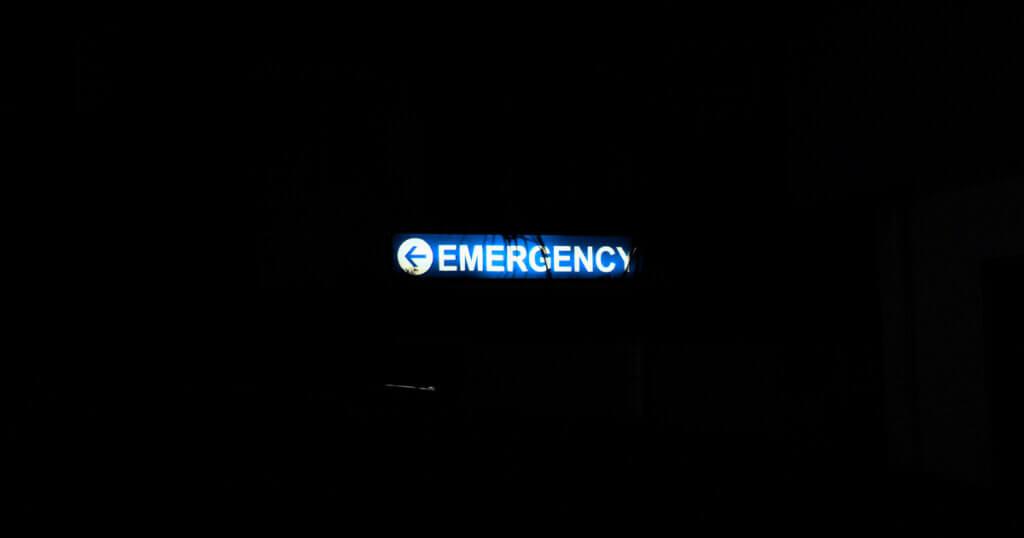- (+34) 913 09 43 73
- info@worldaviationato.com
- Mon - Fri: 9:00 - 20:00
Code Blue is the term used to refer to time-dependent health incidents, that is, those in which every minute that appropriate treatment is delayed produces an exponential increase in patient mortality.
The syllabus for pilot training will always include aeronautical medicine in which this type of emergency is addressed in order to prepare these professionals to act in a quick an effective manner.
In addition, aviation schools offer specific courses that deal with clinical cases of this kind, focusing on practical management of the different aspects of Codes Blue in flight to ensure the safety and well-being of on board passengers.
These courses are aimed at ensuring that commanders/pilots of commercial airlines have the necessary training to decide quickly and effectively which health incidents are code blue and which are not and so have an appropriate response, being able to distinguish other situations such as, for example, a possible case of positive Covid which, although not a pure code blue, given its socio-sanitary impact crews must learn to perform triage and isolation of a passenger who presents symptoms of coronavirus infection during the air operation.
When a life-threatening medical emergency occurs during the flight, the commander must decide whether to divert to the nearest airport or not. Important considerations for such decision include not only those of landing technical feasibility at an appropriate airport, but also that such airport has adequate medical infrastructure and other ways of medical transport that enables the patient to be transferred to a hospital if necessary. Therefore, the decision to make an unscheduled landing should always be taken aware of the real possibilities for additional patient care. According to experts from the University of Pittsburgh School of Medicine, diversion occurs in only 7% of incidents.
If a Flight diversion is finally considered, the commander shall inform all control centres in the area about the intentions. At this time an emergency protocol will be activated from which controllers will clear the route to allow a direct path to the chosen airport and coordinate with emergency medical services to enter the plane as soon as possible, once landed. From there, about 25% of patients are driven to a hospital where only 9% stay in it.

Among the various situations that can be presented as code blue we can find the following:
A plane is an environment that, due to pressurization (by all means, necessary), presents similar conditions as being at a height between 1500 and 2500 meters. This means that the inside air has less oxygen than that breathed in most of the world’s most populated cities, which are usually below that altitude. This factor can worsen certain health conditions and the most common consequences are fainting, gastrointestinal problems and dizziness although the lower level of oxygen can also aggravate respiratory and cardiovascular symptoms.
Whenever there is a medical emergency in an airplane the crew, first of all, will request the collaboration of a professional between the passage because, although they are trained to attend basic first aid, including cardiopulmonary resuscitation and the use of a defibrillator, having expert help will further contribute to proper patient care. At the same time, the commander will be constantly informed about the development of the situation so that he takes the appropriate measures and is prepared for a possible diversion of the flight.
Although rare, as doctors recommend not to fly from the 36th week of gestation, a birth in flight is also something that may occur. In this case, again the crew will request professional help from passengers and the patient will be treated immediately using the emergency medical kit (mandatory on every aircraft). The crew is prepared to apply basic procedures until the new mother is grounded and treated by the airport’s medical services.
This situation is one of the most delicate because treating someone with a psychotic break is not an easy task as the person may be unpredictable. If this occurs, the crew should try to calm the individual while informing the flight deck about everything going on so that they take the necessary measures to safeguard the safety of the flight and its passengers, including flight deviation.
Airlines are required to provide their crews with minimal first aid training as well as to carry on board a medical kit with equipment and medicines to treat some of the most common conditions that may arise. However, when the severity of the emergency requires it, releasing a code blue that facilitates a quick landing is the safest solution for a successful patient recovery.
At World Aviation Flight Academy, training programs are designed to cover all essential aspects of aviation, including CODE BLUE processing and aeronautical medicine, so as to ensure that our graduates are competent and confident pilots, prepared for any situation.
Start your journey with us and become the pilot you’ve always dreamed of being!
You will be up to date with the news at World Aviation Group.